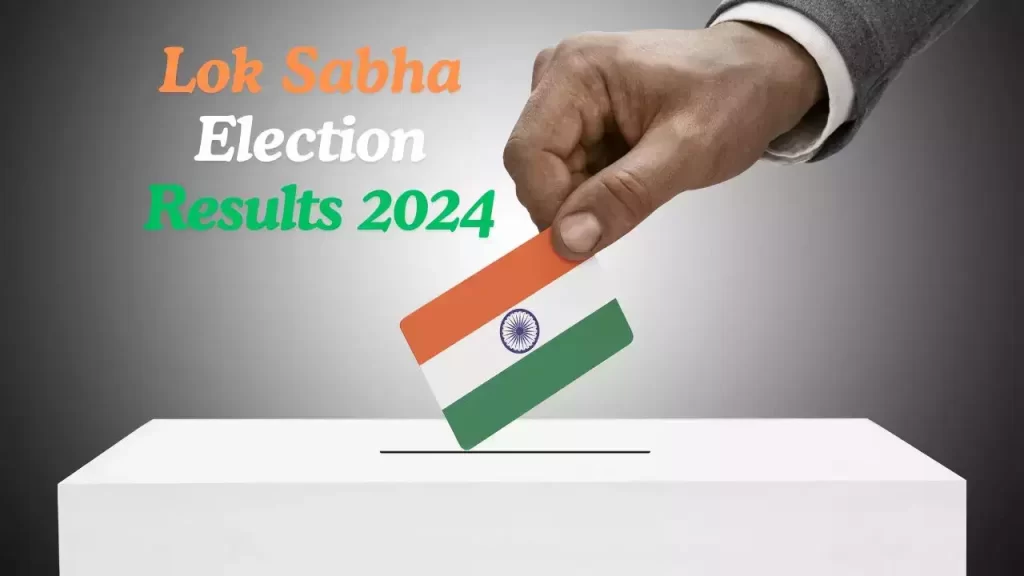Jahanvi Agarwal
On June 4th, the Election Commission disclosed that the Bharatiya Janata Party (BJP) had secured 240 seats in the 2024 Lok Sabha elections. This outcome marks a shift in the political landscape, with the ruling party falling short of the majority mark of 272. To form a government at the Centre, the BJP will now need to seek support from its NDA allies.
The Congress, on the other hand, displayed signs of resurgence, clinching 99 seats in a remarkable electoral comeback. This near doubling of their seat tally from the 2019 polls indicates a renewed vigour within the party.
Contrary to the expectations set by exit polls, which forecasted a landslide victory for the NDA with over 350 seats, the electoral reality presented a different narrative. Notably, the opposition’s strategies proved effective in key states such as Uttar Pradesh and Maharashtra.
In Uttar Pradesh, the Samajwadi Party emerged as the single-largest party with 37 seats, while the BJP secured only 33 seats, a departure from its previous landslide victories. Similarly, in Maharashtra, the BJP-led alliance faced setbacks, winning just 17 seats, while the Congress, Shiv Sena, and NCP secured significant victories.
Despite these challenges, the BJP showcased a strong performance in states like Odisha and Andhra Pradesh, underscoring its regional influence. Notably, BJP acquired its first ever Lok Sabha seat in Kerala. However, the overall results indicate a shift in public sentiment, with Prime Minister Narendra Modi acknowledging the verdict as an “unprecedented moment in the history of India”. Conversely, Congress leader Mallikarjun Kharge characterized the outcome as a “victory of the people and democracy”, highlighting Prime Minister Modi’s “political and moral loss”.
Prime Minister Modi, in his response, expressed gratitude for the continued trust placed in the NDA, promising to lead with “new energy, new enthusiasm, and new resolves to fulfill the aspirations of the nation. With just over 290 seats, the National Democratic Alliance holds a slim majority, while the INDIA bloc, with over 230 seats, may seek to garner support from BJP’s allies like TDP and JD(U)”.
Below is the entire list stating the political parties performance in the Lok Sabha polls:
- BJP – 240
- Congress – 99
- Samajwadi Party – 37
- Trinamool Congress – 29
- DMK – 22
- TDP – 16
- JD(U) – 12
- Shiv Sena (Uddhav Balasaheb Thackrey) – 9
- NCP (Sharad Pawar) 7, leading in 1
- Shiv Sena – 7
- Lok Janshakti Party (Ram Vilas) – 5
- YSRCP – 4
- RJD – 4
- CPI(M) – 4
- Indian Union Muslim League – 3
- AAP – 3
- Jharkhand Mukti Morcha – 3
- Janasena Party – 2
- CPI(ML)(L) – 2
- JD(S) – 2
- Viduthalai Chiruthaigal Katchi – 2
- CPI – 2
- RLD – 2
- National Conference – 2
- United People’s Party, Liberal – 1
- Asom Gana Parishad – 1
- Hindustani Awam Morcha (Secular) – 1
- Kerala Congress – 1
- Revolutionary Socialist Party – 1
- NCP – 1
- Voice of the People Party – 1
- Zoram People’s Movement – 1
- Shiromani Akali Dal – 1
- Rashtriya Loktantrik Party – 1
- Bharat Adivasi Party – 1
- Sikkim Krantikari Morcha – 1
- Marumalarchi Dravida Munnetra Kazhagam – 1
- Aazad Samaj Party (Kanshi Ram) – 1
- Apna Dal (Soneylal) – 1
- AJSU Party – 1
- AIMIM – 1
- Independent – 7

